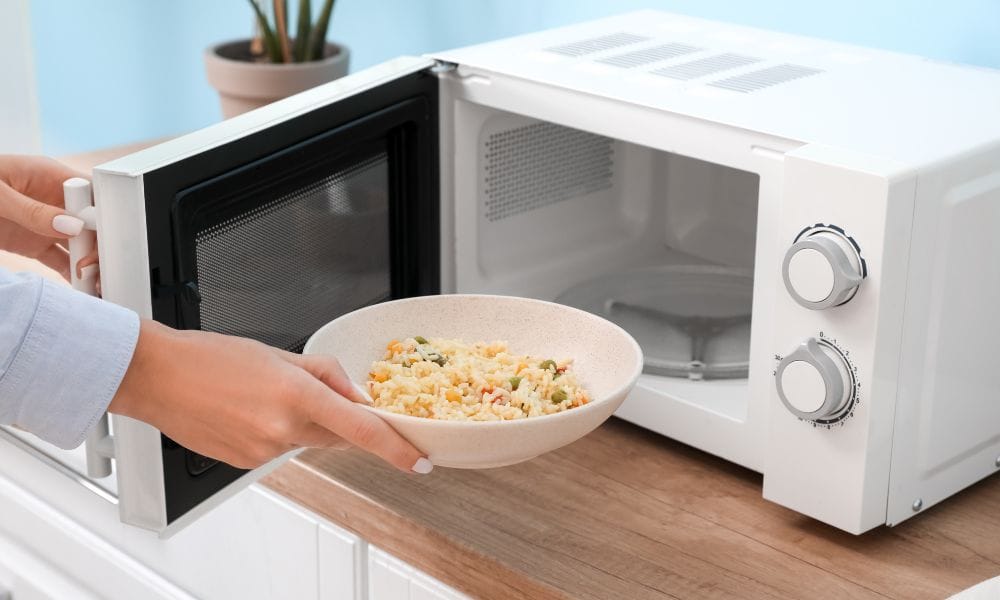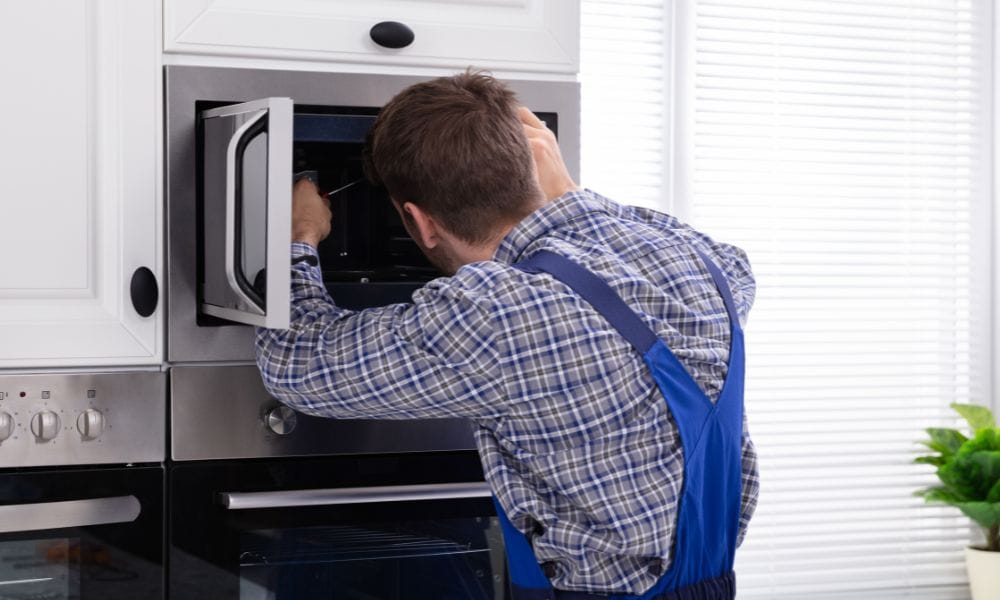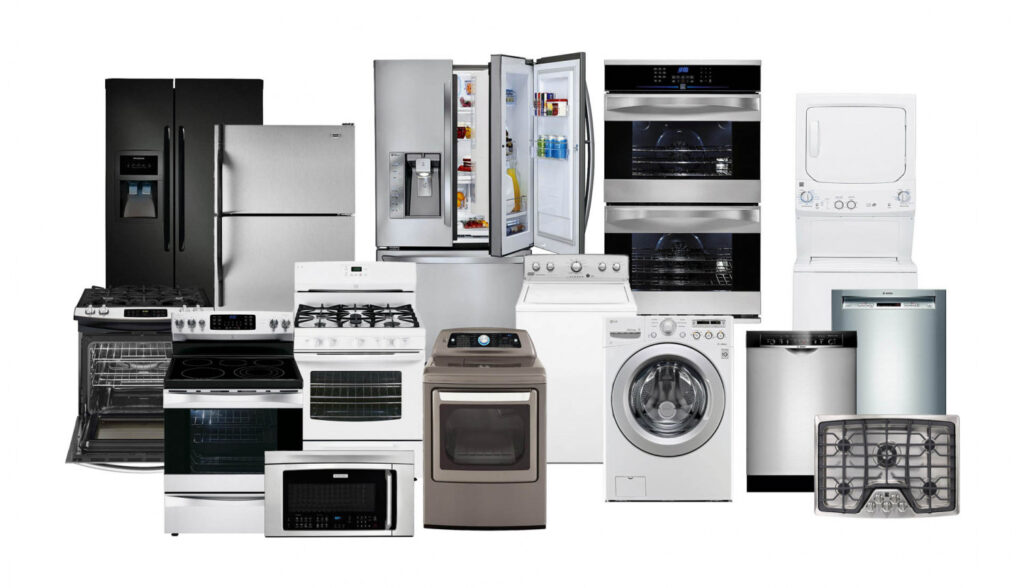
Top 7 Hidden Causes of Oven Temperature Problems (And Quick Fixes)
Have you ever managed to bake a cake that is burnt on the outside but still raw in the center? Or perhaps your roast chicken just can’t seem to cook evenly? These are all tell-tale signs of Oven Temperature Problems , and you’re not alone. A faulty oven can destroy your dinners, waste energy, and induce frustration.
The better news? With a bit of know-how, you can diagnose these issues like a pro. This post gets down to business about the causes, solutions, and prevention tips for oven temperature issues—so you can cook with confidence once more.
Why Oven Oven Temperature Problems Are Significant
Oven temperature fluctuations don’t just impact your food they impact your entire cooking experience. Here’s why it’s so important to rectify them:
Food Safety: Undercooked food, particularly meats, may be dangerous.
Wasted Ingredients: Doomed recipes cost you money and time.
Appliance Lifespan: Repeated problems can lead to additional wear and tear on your oven.
To understand where the problem lies is half the battle to more satisfactory performance.
Signs You Have Oven Temperature Problems
Doubtful about whether your oven is heating correctly? These are the most typical indicators:
Uneven Cooking: Certain areas of food cook quicker than others.
Longer Cooking Times: Recipes take longer than usual.
Burnt or Undercooked Food: Despite following instructions.
Preheat Takes Too Long: Or never reaches the set temperature.
Oven Light Flickers or Goes Out: Could signal a deeper electrical issue.
If you’re seeing any of these, it’s time for a deeper look.
Common Causes of Oven Temperature Problems
1. Faulty Temperature Sensor
This sensor measures the oven’s internal heat. If it’s damaged or misaligned, your oven won’t know when it has reached the set temperature.
Repair: Test with a multimeter and replace if damaged.
2. Worn-Out Heating Element
Ovens contain bake and broil elements. When one fails, heating efficiency is compromised.
Repair: Inspect for visible damage or cracking. Replace faulty elements.
3. Inaccurate Thermostat
An improper thermostat can send incorrect signals, leading to overheating or underheating.
Repair: A professional can recalibrate or replace it.
4. Dirty Oven Interior
Grease splatters baked onto the interior of an oven can impinge on heat circulation and lead to uneven cooking.
Fix: Routine cleaning keeps heat consistent.
5. Imperfect Oven Door Seal
A loose or broken gasket lets heat out.
Fix: Replace the gasket to trap in the heat.
How to Accurately Test Your Oven Temperature
Use an Oven Thermometer
Put it in the middle of the oven and take readings and compare them. A 25–50°F discrepancy is a warning sign.
Check at Multiple Points
Take readings at 10-minute intervals over a 30-minute test period. This indicates consistency.
Avoid Depending on the Dial
Mechanical dials may be off. Digital readouts can also be faulty.

Home-Repair Solutions to Oven Temperature Problems
1. Calibrate Your Oven
Most ovens have manual calibration through adjusting the temperature offset within settings.
2. Replace Temperature Sensor
Buy a compatible part with your model number. Use video tutorials or user guides for instructions.
3. Check Heating Elements
If they don’t glow red or show visible damage, they will probably need to be replaced.
4. Clean Regularly
Clean grime from the interior, particularly from heating coils, vents, and fans.
5. Retighten Door Gaskets and Hinges
Verify sagging doors or loose door seals and repair as needed.
When to Call a Professional
Sometimes it’s best to call the pros:
Electrical or burning odors
Faulty digital controls or circuit boards
Gas oven problems (not safe to DIY)
Repeated failed calibrations
Invoking a certified appliance technician ensures correct diagnosis and long-lasting repairs.
How to Avoid Future Oven Temperature Problems
Use the Oven Frequently: Inactivity leads to wear and tear on parts.
Clean It Regularly: Prevents grease accumulation.
Don’t Slam the Door: Saves seals and hinges.
Schedule Annual Checkups: If you bake regularly.
Cook with Adequate Bakeware: Shiny pans can deflect heat, impacting cooking.
| Issue | DIY Possible? | Cost Estimate | When to Call a Pro |
|---|---|---|---|
| Calibration | Yes | Free to $10 | After 2+ failed tries |
| Sensor Replacement | Yes | $20–$60 | If wiring is damaged |
| Thermostat Repair | No | — | Always |
| Heating Element | Yes | $25–$80 | If multiple elements fail |
| Control Board | No | — | Always |
FAQs: Oven Temperature Issues
Q1: Can oven temperature influence baking outcomes?
Absolutely. A 10°F variation can make for flat cakes or undercooked interiors.
Q2: Is it safe to use an unevenly heating oven?
It’s not advisable. Uneven heat can be unsafe and spoil meals.
Q3: How often do I need to check my oven temperature?
At least once every six months or whenever you detect cooking problems.
Q4: Are temperature sensors universal?
No. Always replace with a model-specific one.
Q5: Can power surges impact oven temperature?
Yes, particularly in digital ovens that have sensitive controls.
Discover more expert insights and safety guidelines related to oven temperature problems from trusted sources in the appliance repair industry.

Conclusion
Oven Temperature Problems are more than a slight nuisance—They can be wasteful of food, energy, and even danger. But with the proper technique, you can diagnose many of these issues on your own. Whether through resetting your thermostat, cleaning out the inside, or replacing a bad sensor, knowledge of your oven is the key to consistent performance.If you’re interested in handling appliance issues yourself, don’t miss our DIY Appliance Repair Guide—it’s packed with expert tips for tackling oven temperature problems and more.
And when the problem is outside your DIY comfort zone, it’s good to call in a pro to ensure your oven remains in top working order for years to come.



